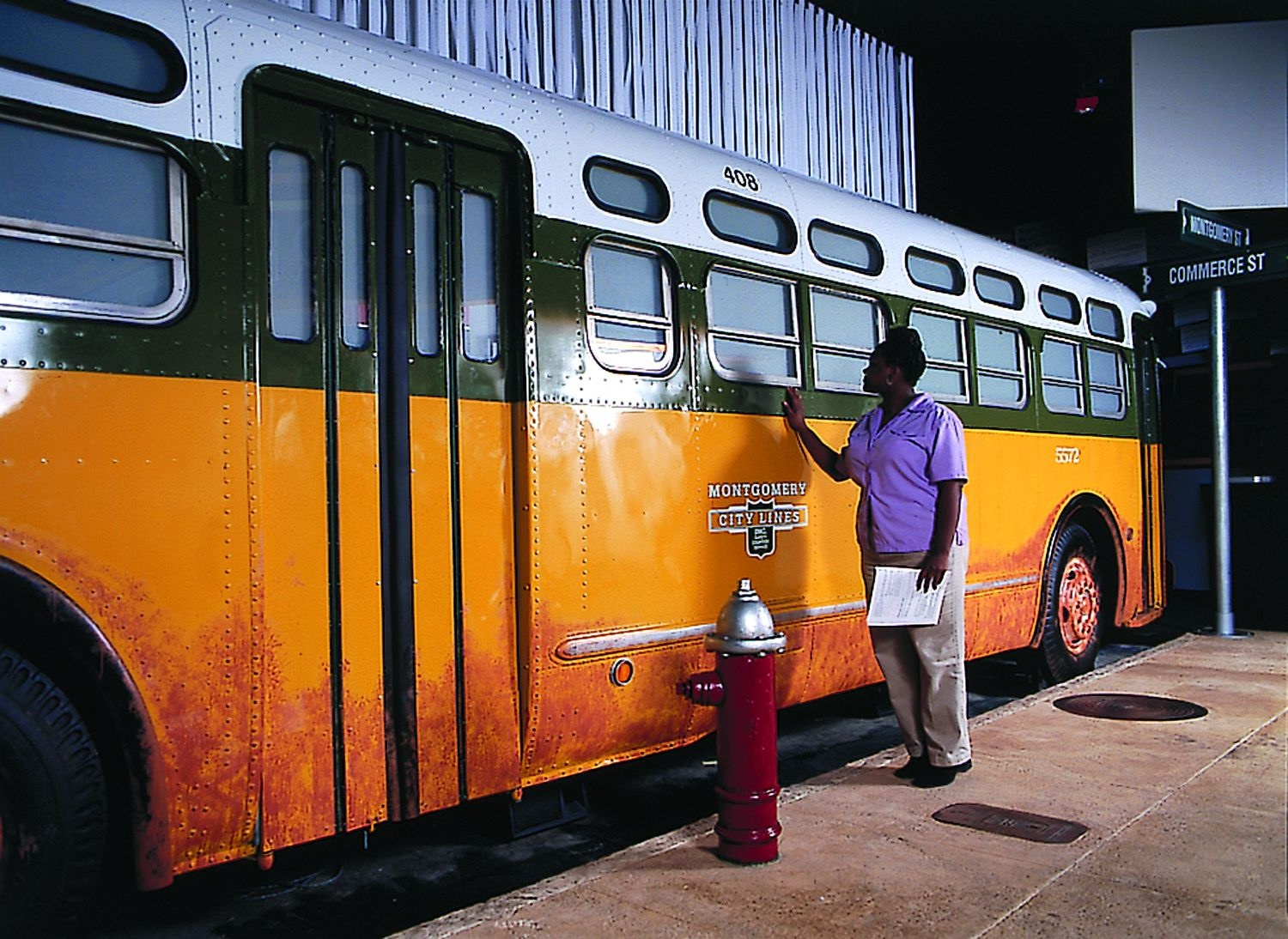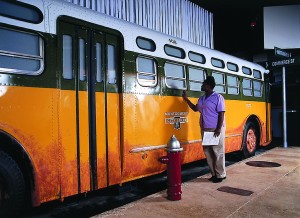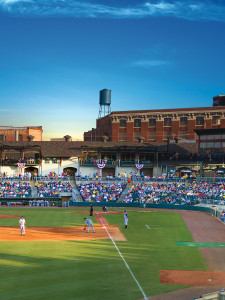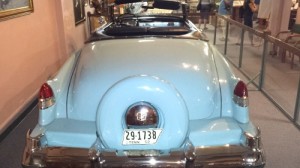Some cities just can’t catch a break as a must-see destination. They also carry a heavy past needing a proud update. That was Montgomery’s dilemma despite Rosa Parks, a local black woman, refusing to move to the back of a city bus. That 1955 event ignited the Civil Rights Movement nationwide. It also ignited a hate bomb on the porch of 27-year-old, Pastor Martin Luther King’s parsonage in Montgomery. He then led a year-long bus boycott and became the movement’s crusader nationwide, a role that cost him his life.
But Montgomery already had a history of stirring the nation’s conscience. Back in 1861, seven delegates from Southern states adopted the Confederate Constitution while here. The telegraph sent to fire on Fort Sumter came from here and began the Civil War. Plus, President and Mrs. Jefferson Davis occupied the First White House of the Confederacy, located in Montgomery.
We Need to Change
The city had the facts to make tourism waves but it couldn’t compete on a large scale, despite being the state capitol. Hotel rooms were limited; no convention center to speak of and apathy reigned. Then the unthinkable happened.
“We had a strong, conservative Republican mayor and an equally strong African-American city council head for 25 years. They fought hard against each other. In 1999, they both lost in the same election,” said Jerry Kyser, co-owner of Central Market, which is a trendy eatery in The Alley. “We elected Bobby Bright as the new mayor. He was an unknown, young Democratic lawyer. We got out of the George Wallace era. And talk about spending dollars to revitalize our city.”
The Alley, once empty with decaying brick warehouses reminiscent of Montgomery’s late-1800s teeming waterfront, today is loft apartments, bars and great eats. With combined private and public investments, close to 600 jobs and tax revenue nearing $3 million is the result.
Capitol of Dreams the Perfect Slogan
Locals booed the “Montgomery Biscuits” name when announced for their new minor league baseball team. Today it´s a hit as is the downtown 7,000-seat Riverwalk Stadium with a picnic area, children’s playground located along the third-base line and an LED scoreboard.
Nearby is the revitalized Riverfront area, once home to a slave market. Now there’s an amphitheater and river rides along the Alabama River on The Harriott II, an historic paddleboat with themed and custom cruises.
A revitalized downtown, no longer shutting down at 5 p.m., helped spur the building of the AAA Four Diamond Renaissance Montgomery Hotel & Spa with its 342 rooms, rooftop pool, flexible meeting spaces, a 14,000-square-feet Grand Ballroom and adjacent 73,000-square-feet, state-of-the-art Convention Center. Recently, Si and Willie Robertson of Duck Dynasty and The Doobie Brothers appeared here. A guitar belonging to native son Tommy Shaw of Styx fame hangs on one wall.
Funky and Traditional Venues
Think nostalgia when visiting Country Western singer Hank Williams’ museum that’s across from the Renaissance. Alabama’s native son lived and played music in Montgomery before hitting Nashville. The 1952 Cadillac he died in at age 29 is the crown jewel, complete with viewing chairs. A gift shop will please Williams’ devotees who come from around the world.
Tragic love tales and literary vibes haunt the F. Scott and Zelda Fitzgerald Museum located in the home they lived in from 1931-1932. Few original artifacts since the transients moved often but “period pieces,” the director’s tour and Zelda’s art work are worth the visit.
Do see the Rosa Parks Museum to experience the reenactment of her fateful bus ride. Climb the staircase to the main floor at the revered Dexter Avenue King Memorial Baptist Church (still with an active congregation) and follow the Civil Rights Movement on the downstairs mural. The Civil Rights Memorial & Center supports all human rights and shows a sobering movie about black segregation. Outside is Maya Lin’s memorial with the names of Civil Rights’ martyrs engraved on a circular black granite structure that can be touched as water cascades over its sides.
“We shouldn’t be here but we are,” said Geoffrey Sherman of the Alabama Shakespeare Festival, which ranks fifth as the largest Shakespearean venue in the world. The multi-million-dollar property is located on 350 acres in the center of Montgomery and was a gift from Winston Blount, a self-made Alabama millionaire. Its year-round productions include Broadway shows, Shakespeare, children’s productions and new works. Individual back stage tours welcomed. Close by is the Montgomery Museum of Art where its gift shop and children’s inter-active wing are first class.
In 2005, Hyundai opened its first U.S. automotive assembly plant in Montgomery with a $1 billion dollar investment. Public tours include the plant where 1,500 cars are made daily by Alabamians and robots.
Montgomery Takes a Bow
“We weren’t in the convention business until 2008 because we couldn’t accommodate that market. The city is so much easier to sell,” said Jina Clark, director of marketing for the Montgomery Convention and Visitors Bureau. Recently, USA Today readers named Montgomery the “Best Historic City in America.”
If You Go
Contact the Montgomery CVB for information and a weekly “what’s going on” email at 800-240-9452. A car is recommended. Somewhat unreliable bus transportation goes to city limits and downtown trolleys stop at major attractions. David Sadler offers the narrated Meet Montgomery Tours taken in an electric, open-sided car. Blake’s Segway Tours at Union Station is sightseeing for the adventurous.
Montgomery CVB, www.visitingmontgomery.com





